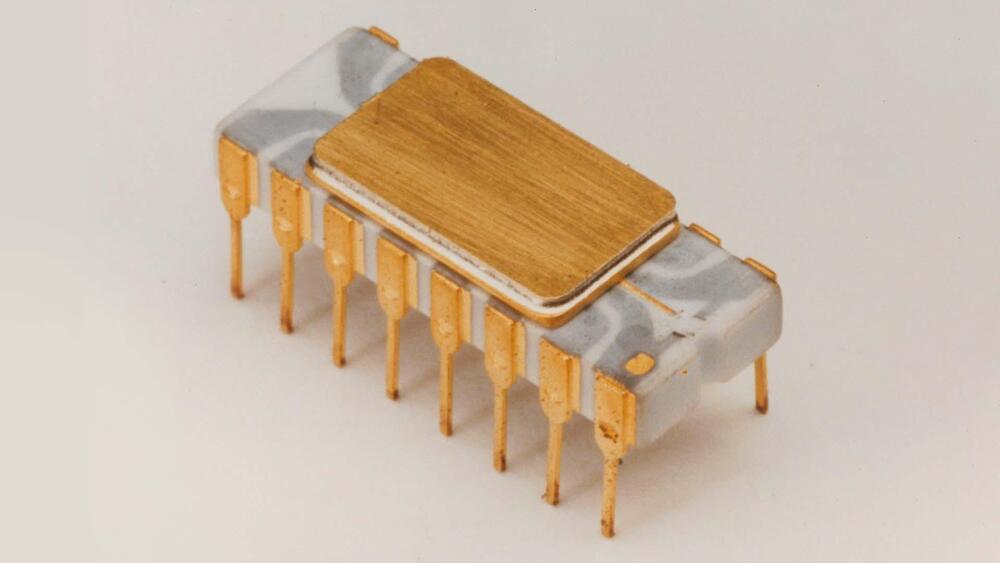From super-strength concrete to fortified infrastructure, this is what the ‘wonder material for the 21st century’ is now bringing to construction. For more by Tomorrow’s Build subscribe now — https://bit.ly/3vOOJ98
Executive Producer and Narrator — Fred Mills.
Producer — Adam Savage.
Video Editing and Graphics — Thomas Canton.
Special thanks to Dr Lisa Scullion and University of Manchester. Additional footage and images courtesy of University of Manchester, Absolute Photography, Gerdau Graphene, Graphene Flagship, HS2 Ltd, ICON Technology, Kansas State University, NASA/Pat Rawlings, Nanotech Energy and Skanska.
Follow us on Twitter — https://twitter.com/TomorrowsBuild/
Like us on Facebook — https://www.facebook.com/TomorrowsBuild/
Follow us on LinkedIn — https://www.linkedin.com/company/TomorrowsBuild/
Follow us on Instagram — https://www.instagram.com/TomorrowsBuild/
#construction #architecture #science.
Tomorrow’s Build is owned and operated by The B1M Limited. We welcome you sharing our content to inspire others, but please be nice and play by our rules: http://www.theb1m.com/guidelines-for-sharing.







